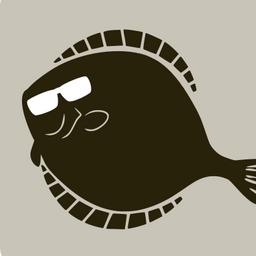I watched a video from Zero Friction Cycling where he tested a bunch of chain checker tools.
<Screenshot shows the results from the video> The original video can be found here.
Only a few were accurate, and the Park Tool CC-3.2 check that I’ve been using for a few years now, seems to be one of the bad ones.
Today, I decided to get the CC-4 (the Shimano checker they recommended isn’t available in Canada, apparently), and rechecked the chains on my bike.
It went from “beyond 0.5mm wear” with the CC-3.2 to “not even close to 0.5mm” on the CC-4.
I guess I figured out why my chains weren’t lasting long… according to the CC-3.2. 🤑😭
What chain checker tool(s) are you guys using, and have you used any that were just flat out wrong?
Uh. On all bikes throughout my entire life, both pedal- and motor-, I’ve just measured center-to-center on the link pins with a ruler, like it says in the manual. It’s even easier on a bicycle than a motorcycle because you can just grab a pedal with one hand and make sure all the slack is taken up out of the chain. You don’t even have to get your hands greasy.
For sprocket and/or chainring wear, my rule of thumb has just been once the teeth start looking like the water in Super Mario Bros. world 2-2, it’s time for a new one.
That’s gotten me across many hundreds of thousands of miles, no sweat. I fail to see how spending money on a specialized (and apparently shitty) tool to make this more complicated on yourself is a better way to live your life vs. spending that money instead on tires/oil/honey waffles/whatever it is you’re into.
Same with the caliper suggestion, when fractions of a millimetre make the difference between a “worn” chain and a good one, I wouldn’t want to use a ruler. Especially not on the bike.
It’s so easy to use a chain checker tool, I’m not sure why anyone would use rulers and calipers. Just make sure you use an accurate one, which is the point of the post.
I’m not big on watching long videos so, I found this article that hopefully adds to the value of your post.
https://www.bikeradar.com/advice/workshop/how-to-know-when-its-time-to-replace-your-bicycle-chain
I’m aware of the article. Funny enough, they have a photo of the inaccurate tool I was using.
And it seems to be widely circulated that you should change a <10 speed chain when it reaches 0.75mm, but the Zero Friction guy says that replacing it before 0.5mm is probably going to save your other components.
I run pretty cheap stuff on my bike, so replacing a $25 chain too often doesn’t really same me much when the cassette is like $35 😂
Funny enough, they have a photo of the inaccurate tool I was using.
Yeah I saw that too. I don’t have much experience but I don’t see why the # speeds matter – the sprockets have the same shape so I would think a worn chain would cause exactly the same wear regardless of how many speeds?
JFC… 🤦
I guess a caliper tool could also be used to do this.
As the video pointed out, we’re talking fractions of a millimetre making a difference, and calipers for this use case would require the user to be dead on accurate, I wouldn’t personally go that route.
You’re probably right.
I use the Pedros chain checker tool, it’s reliable and accurate.




